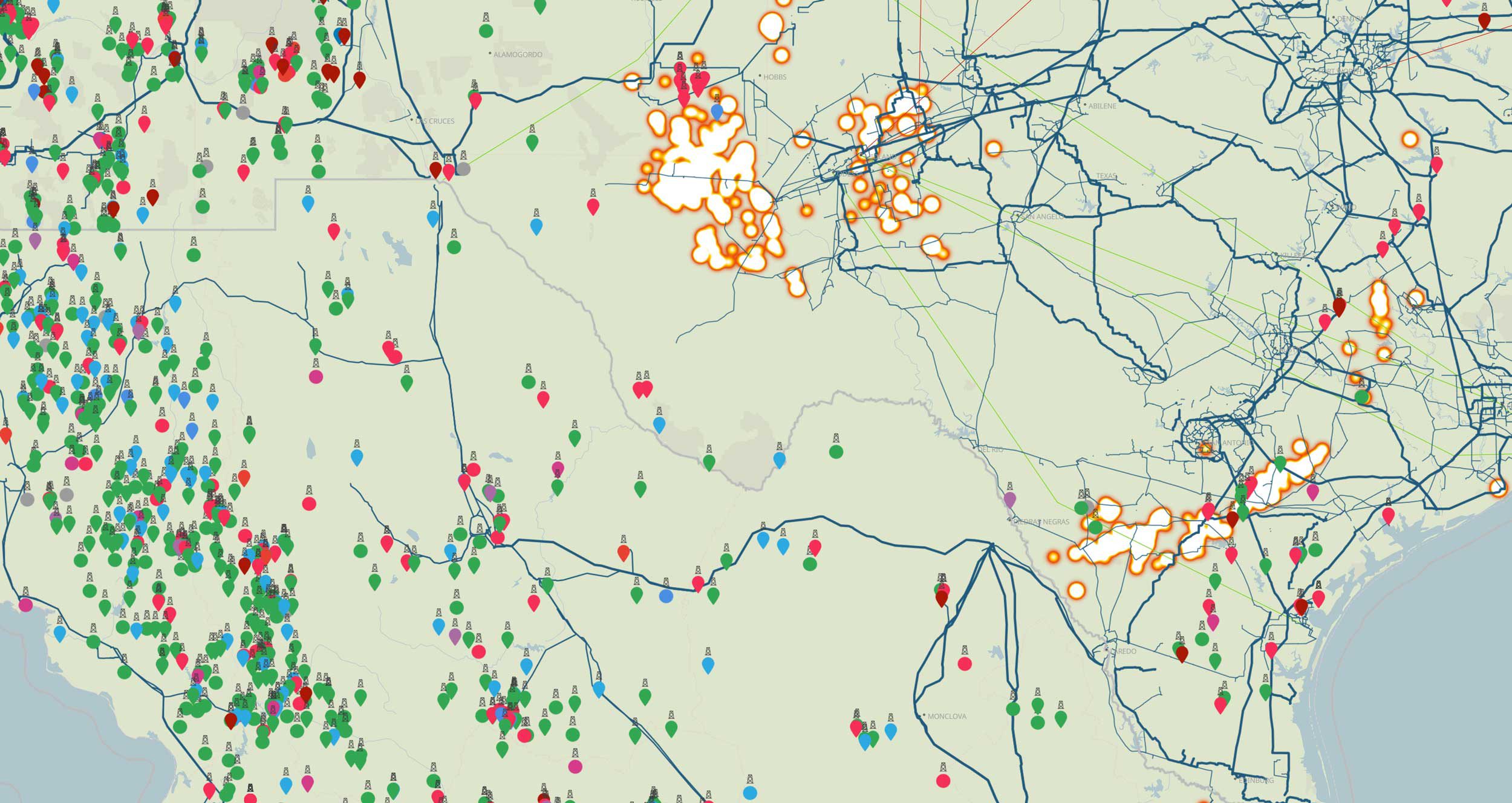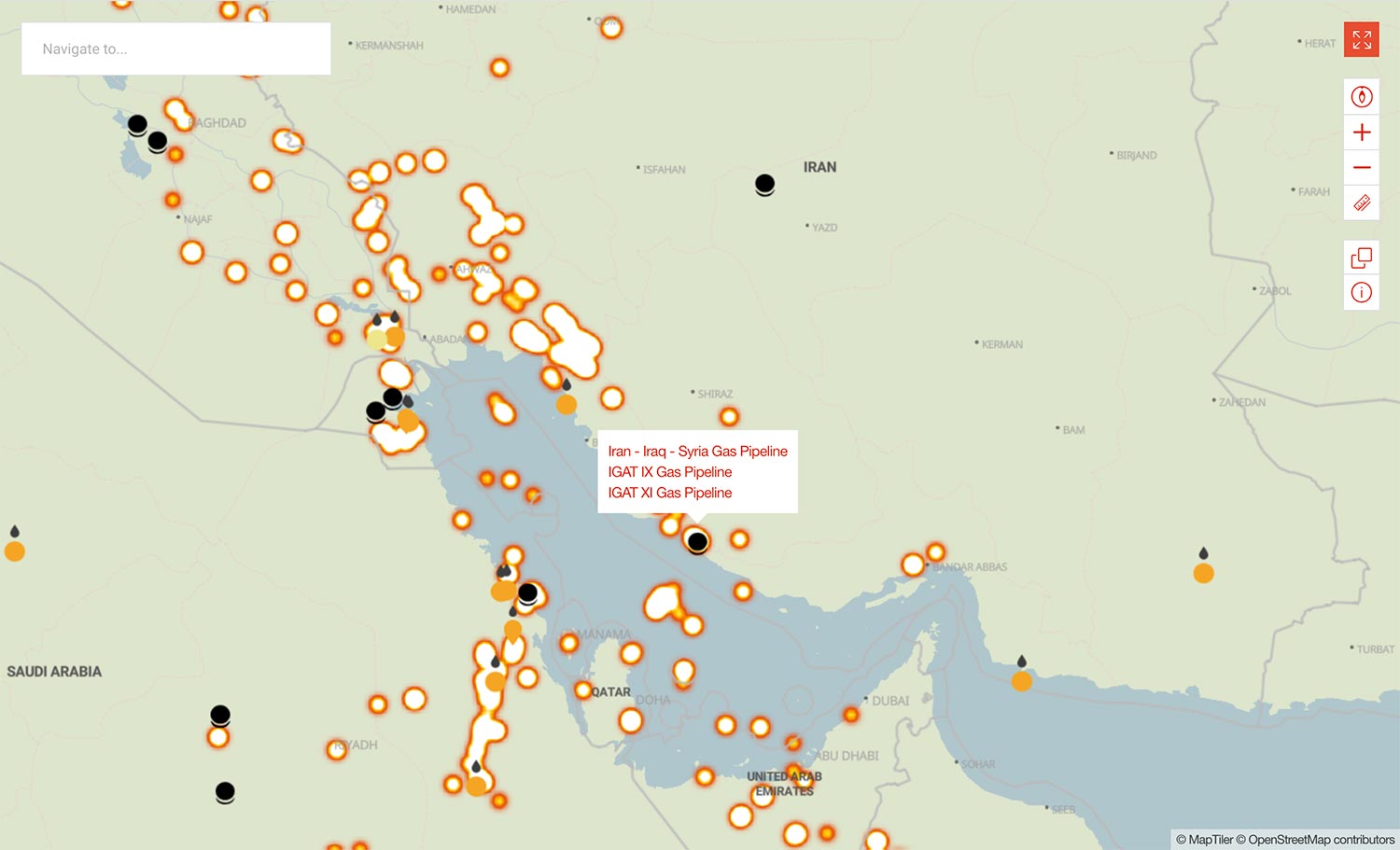This website uses cookies so that we can provide you with the best user experience possible. Cookie information is stored in your browser and performs functions such as recognising you when you return to our website and helping our team to understand which sections of the website you find most interesting and useful.
Providing insight through data: Brainnwave applies augmented intelligence to pinpoint opportunity
Estimated reading time: 5 minutes, 27 seconds

Perhaps the most daunting aspect of the information age is the shear amount of available data. How can decisions be made when a simple Internet search can lead to hundreds of thousands, if not millions of results, combined with the ever-changing conclusions from a wealth of analytics firms, as well as the volume of a company’s own internally generated data?
Rapid business-intelligence provider Brainnwave offers its clients a way to work though these impossibly large amounts of complex data with the goal of determining where best to focus business efforts.
At the heart of the company’s offering is the Brainnwave platform, a data intelligence platform that applies AI and machine learning principles to enable clients to focus their efforts. To find out more about the thinking that’s driven the platform’s development, Energy Northern Perspective met with Steve Coates, Brainnwave co-founder and CEO.
Providing a line of sight
In short, Coates says that a military intelligence background has shaped Brainnwave’s innovation: “And what we’re interested in doing is applying new technologies – artificial intelligence, machine learning – to the commercial end of the oil and gas sector to help operators and companies find that next project. Through what we’re doing with our customers, they have line of sight of everything that’s happening in the world and their business. That can result in hundreds of thousands of projects, so our machine learning techniques give them the ability to say ‘what are the top 20 things I should care about?’ – and provide them with absolute confidence that if they’re focusing on those, they are not missing something else big.”
“In essence, it’s a technology platform that brings together lots of different data sources – so data from Bloomberg, from Platts, from SNL, all of these providers of commercial data – and creates what we call a ‘single source of truth’, because each of them will provide a piece of the puzzle, each will cover a region or sector, in much better detail,” Coates adds. “We take the best-of-breed in everything, bring it to a single place and then we run algorithms that clean it all up.”
And once the first round of data distillation is complete, the platform augments the results by compiling additional information, such as by “scraping” the web to find people. “For one of our customers,” Coates explains, “we take night-time satellite imagery and we analyse that for gas flares. And from our algorithms, we can figure out who’s flaring gas, where are they flaring it, and what volumes they’re flaring. We can then overlay who the operators are so we know what assets are flaring that gas, and then scrape the web and find out which people are connected to those assets.”

The gas flaring layer takes live satellite data and uses machine learning to identify gas flares, volume of gas flared and frequency of gas flare
The platform’s multi-layers
The platform has been designed for ease of use, Coates says, “It has a news section, which includes all the media providers that we are connected into, including all the latest coverage on a particular region or asset. There is a data analytics section which is very visual in terms of charts and integrated widgets. We’ve got a GS spatial part with maps and data layers like oil and gas pipelines, global power grids, satellites data. And then the algorithmic section, where a client can work with a prioritized list, and ask, ‘What should I do with all of that data?’.”
When asked if the client’s own data can be analysed within the platform, Coates replies, “Exactly – and the independence of Brainnwave helps with that question, because we actually take in internal data from things like bills of sale and financial data.”
“All together, what we try to do is help the strategic management with the big questions – ‘Where should I focus? Where are the opportunities?’”
On the shoulders of giants
Brainnwave has tapped into platforms developed by companies such as Microsoft, AWS, Google and IBM, says Coates. “This is where big tech is helping us in a massive way. They’re opening up all of their platforms, so whenever we approach a situation, we don’t always start with the idea of building from scratch. What we’re able to do is say what platforms are available and how to plug that together in a way that makes sense for our client. And then we focus our tech build on the missing bits. So, we’re connecting to new data sources, or it might be building new visualisations that bring the data to life – that’s the added value. We’re creating competitive advantage.”
“There’s also the question, when does a lot of data become Big Data?” Coates says. “The reality is that with machine learning, you do need big data, because you need to train those models. For example, one of our clients gave us 10 years’ worth of data to analyse. We used the first 5 years of data to build the models and the predictions. And because we knew the outcome, we then used the second 5 years of data to predict and test the accuracy.”
A way forward
“I think you’re onto something there that is really interesting,” responds Coates, when asked about the potential such a platform could offer when dealing with an operator’s data. “Innovation in this world needs to happen fast, and particularly in an industry like oil and gas where projects go on for many years, because they’re big, complex engineering challenges. So, how does the digital tech world fit into that?”
“I believe more are starting to think about data as an asset,” he continues. “Before, they would have all of the sensors out in the field, and these would be connected to a control system that would send alerts and warnings. But if you bring all that data together as an asset, what else does it tell you? I think that’s the world that we’re moving into.”
“You’ll find that operators and companies – and certainly the clients we work with – are trying to figure out how to extract the data into a layer where the data itself is an asset. And the question is, ‘What can you build on top of that?’
“Actually, the more data sets you can connect into it, the more powerful it becomes,” he answers.
Originally posted by Michael Rogers at Energy Northern Perspective on 26th September 2019.

